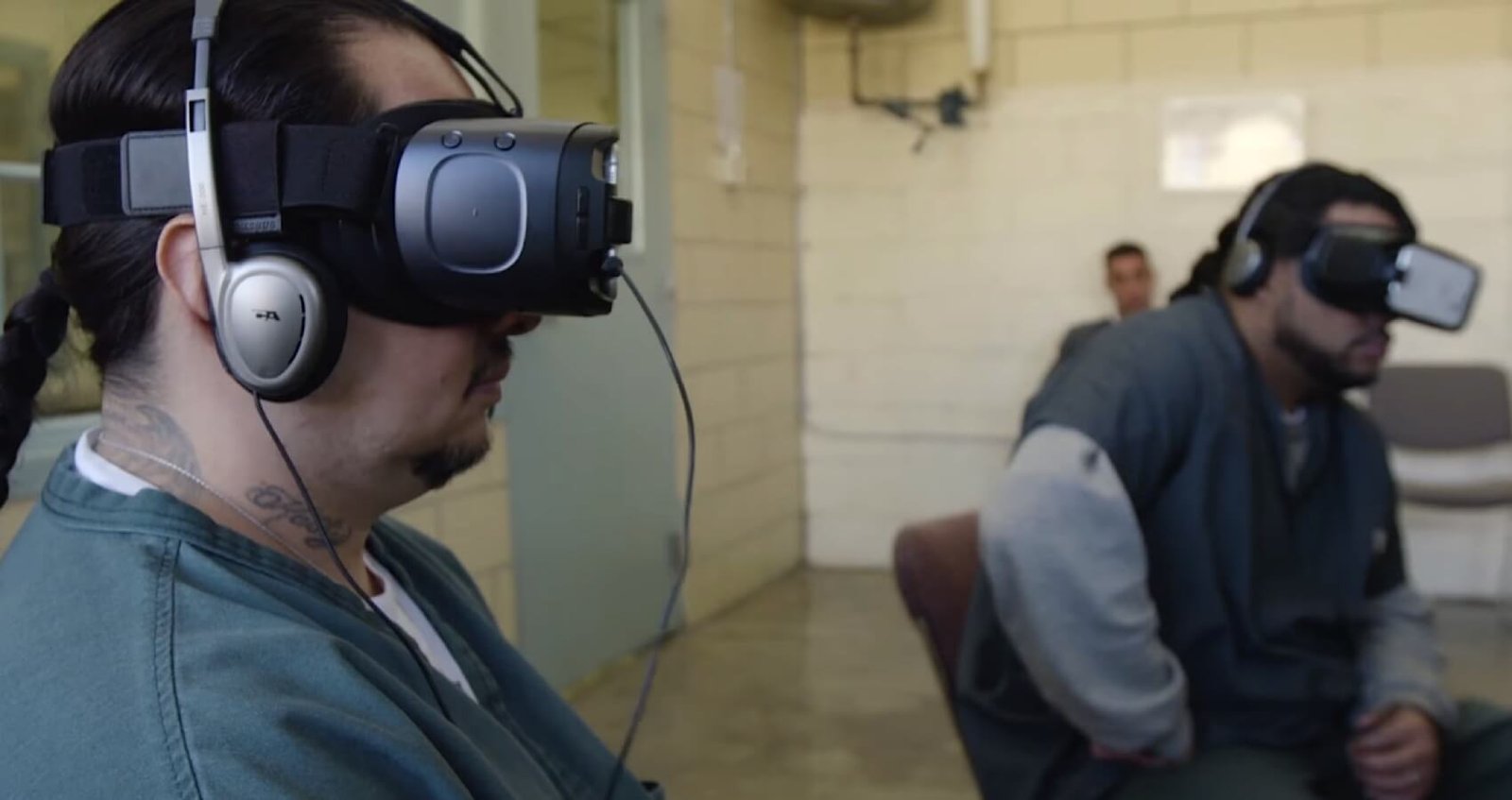The Concept of Virtual Reality Rehabilitation for Prisoners
Traditional methods of prisoner rehabilitation often rely on educational programs, therapeutic interventions, and vocational training. While these approaches aim to prepare inmates for reintegration into society, they frequently fall short in providing practical, real-world experiences. The limitations of conventional rehabilitation methods stem from the controlled prison environment, which lacks the unpredictability and complexity of everyday life. Consequently, many prisoners struggle to adapt once they are released, facing challenges in securing employment, forming social connections, and managing daily activities.
Virtual Reality (VR) technology presents an innovative solution to these limitations by offering immersive and interactive experiences that closely mimic real-life situations. VR can simulate a wide range of scenarios that prisoners are likely to encounter after their release, such as job interviews, social interactions, and routine tasks. These simulations enable prisoners to practice and develop essential skills in a safe and controlled environment. By engaging in these virtual experiences, inmates can build confidence and competence, which are crucial for successful reintegration into society.
For example, a VR program might simulate a job interview, allowing prisoners to practice answering questions, understand body language cues, and receive feedback on their performance. Similarly, VR can recreate social settings, helping inmates to navigate conversations, manage conflicts, and build relationships. These practical experiences are invaluable in bridging the gap between the controlled prison environment and the complexities of everyday life outside.
Beyond practical skills, VR also offers significant psychological and emotional benefits. Immersive VR experiences can help reduce anxiety by providing a sense of normalcy and familiarity with real-world scenarios. This can be particularly beneficial for inmates who have spent extended periods in prison and may feel overwhelmed by the prospect of reintegration. Moreover, the engaging nature of VR can enhance motivation and participation in rehabilitation programs, further supporting the overall goal of preparing prisoners for life after release.
Case Studies and Success Stories
Virtual Reality (VR) technology has shown significant promise in preparing prisoners for life after release. Several rehabilitation programs have successfully implemented VR to train inmates in a variety of skills, leading to notable improvements in their post-release outcomes. One such program is the “VR for Change” initiative launched in California, where VR modules are used to provide vocational training in fields like construction, automotive repair, and culinary arts. This program has reported a 40% reduction in recidivism rates among participants, showcasing the effectiveness of VR in providing practical, employable skills.
Anger management is another area where VR has made a substantial impact. In Ohio, a pilot program utilized VR to simulate real-life scenarios that trigger aggressive behavior. Inmates learned to navigate these situations through controlled responses, significantly enhancing their emotional regulation. According to the program’s data, there was a 50% decrease in violent incidents among participants, indicating that VR can be a powerful tool for behavioral rehabilitation.
Social skills training is equally crucial for successful reintegration into society. The “Second Chance” initiative in Texas employed VR to simulate everyday social interactions, from job interviews to family reunions. Former inmates reported feeling more confident and prepared to handle social situations post-release. One participant, John Doe, shared his experience: “VR training helped me rebuild my confidence. It was like having a second chance to learn how to live in the real world.”
Despite these successes, the use of VR in rehabilitation does face challenges. Technological limitations, such as outdated hardware and software, can impede the delivery of effective training. Additionally, the costs associated with VR equipment and the need for trained personnel to facilitate sessions are significant barriers. Addressing these issues requires ongoing investment and innovation in VR technology and training programs.
Looking to the future, the potential of VR in the criminal justice system is vast. As technology advances and becomes more affordable, its application in prisoner rehabilitation could expand, offering even more comprehensive training programs. By continually refining and improving VR-based rehabilitation, we can better support prisoners in their journey towards reintegration and reduce recidivism rates on a larger scale.



































